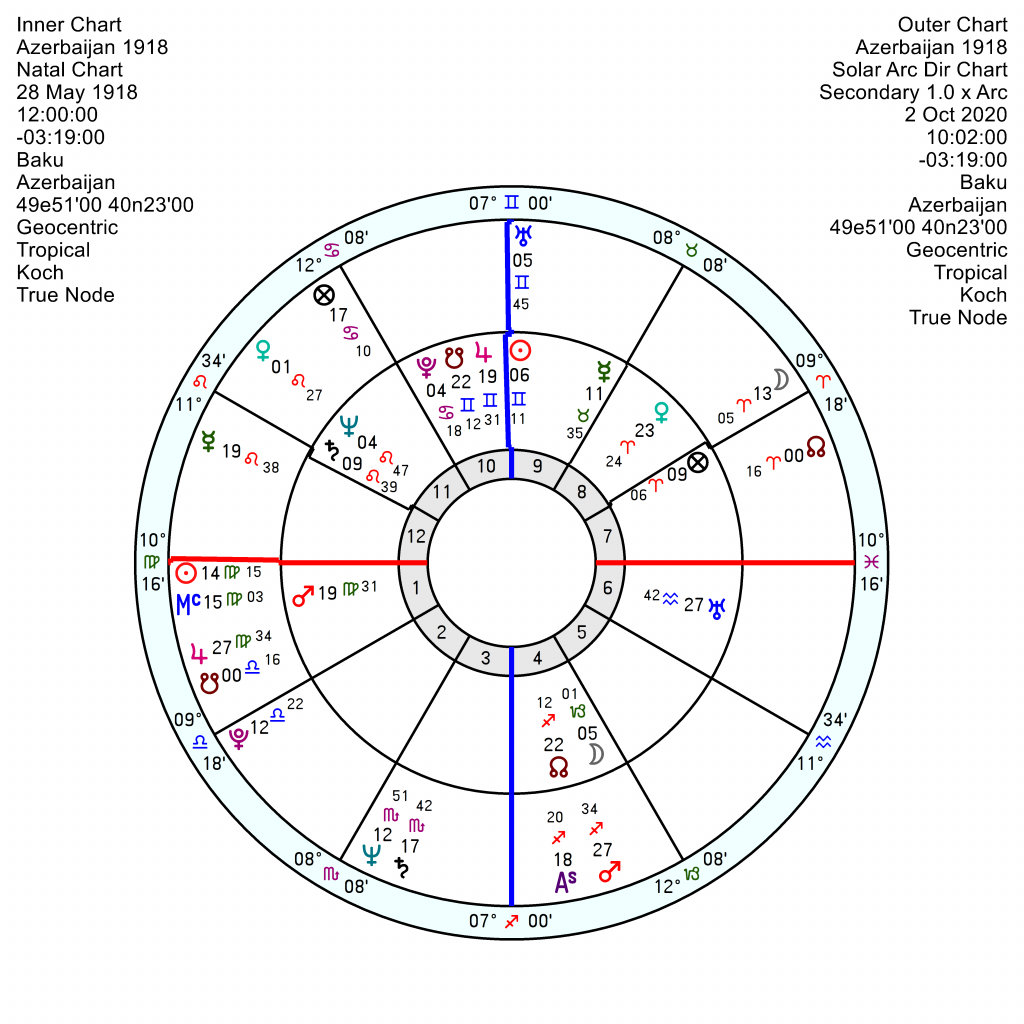
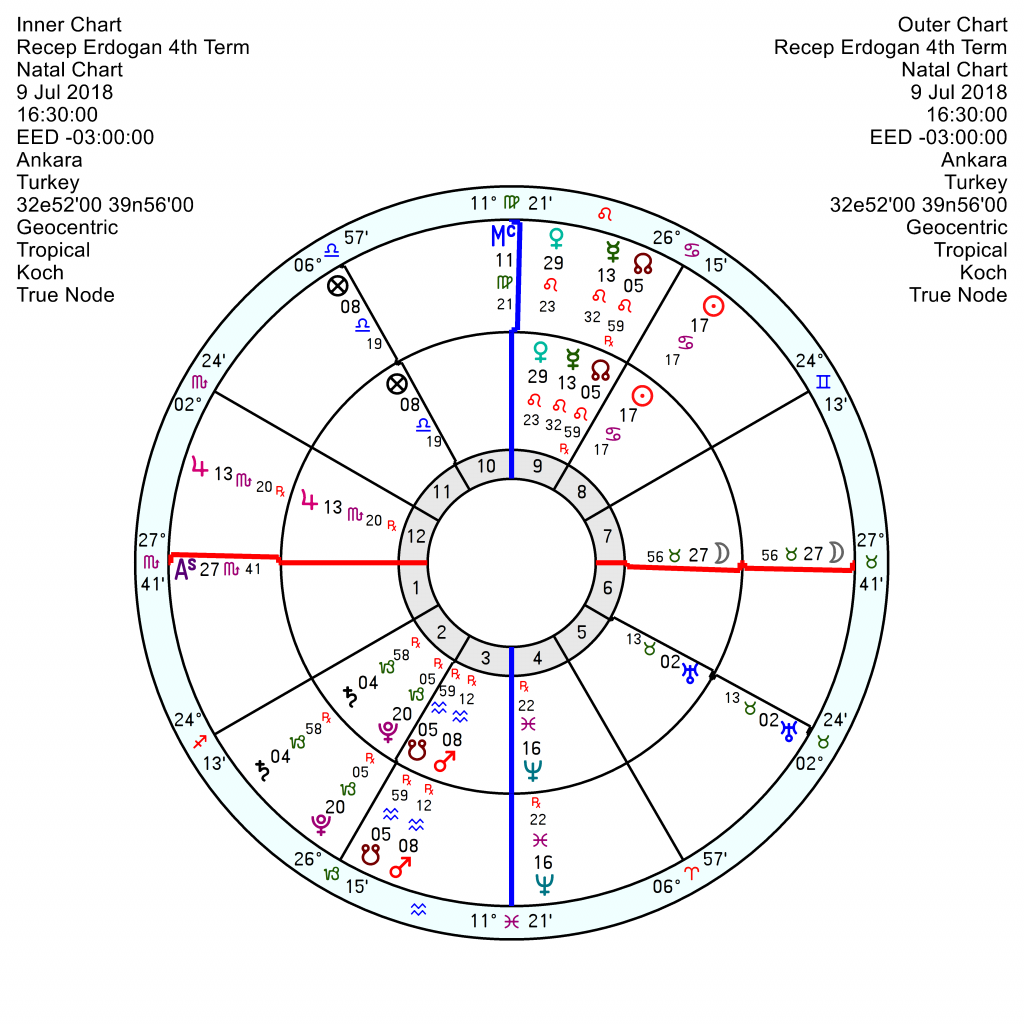
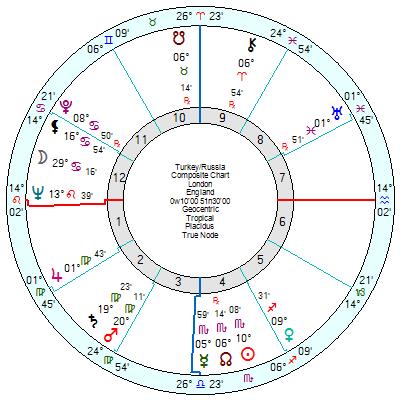
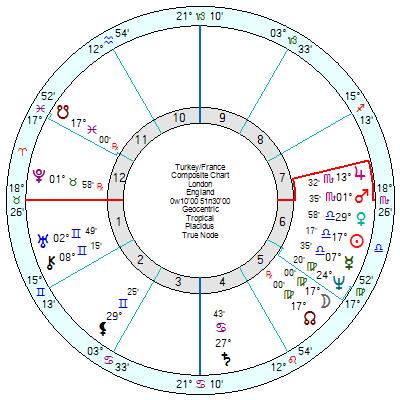
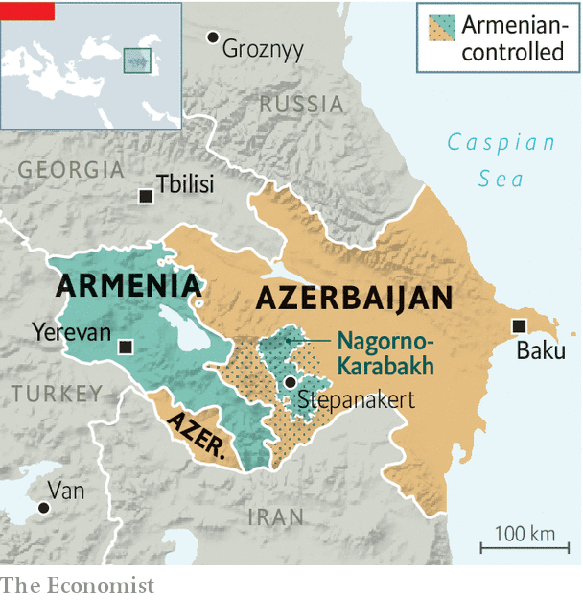
Another proxy war has broken out to add to global tensions this time in the Caucasus, stemming from a local territorial dispute between Armenia and Azerbaijan. It is pitting Turkey against a surprising coalition of Russia, France and the USA.
FT: ‘Mountainous Nagorno-Karabakh was an autonomous region when both Armenia and Azerbaijan were part of the Soviet Union. The conflict began when the region’s Armenian-majority population sought to join Armenia, sparking a war that killed more than 20,000 people before a Russia-brokered ceasefire in 1994 ushered in an uneasy stalemate.’
Turkish President Erdogan’s support for Azerbaijan and his warmongering rhetoric has been condemned by Moscow and Ankara’s Nato allies. Russia and Turkey already back opposing sides in the Libya and Syria civil wars. Both Moscow and Paris have accused Erdogan of sending mercenary fighters from Syria to Azerbaijan. Macron has taken an increasingly tough line against Nato ally Turkey in recent months, over Libya and Ankara’s contentious gas exploration in the Eastern Mediterranean.
Just to add to the complexity from an astrological viewpoint there are a plethora of charts for Azerbaijan and Armenia stemming from the messy break-up of the Russian Empire post-1917 and the equally confused dissolution of the USSR in the early 1990s.
One date which both seem to share is 28 May 1918 when they took a tentative step towards independence. If it is sound, there is an undermining tr Neptune square Jupiter and opposition Mars which runs on and off into early 2021; with a short, sharp shock from Solar Arc Uranus conjunct the Sun soon; and a high-tension, paranoid, suspicious tr Uranus square Saturn and the Neptune/Saturn midpoint into spring 2021.
The 1991 charts are so muddled they are hardly worth looking at.
Erdogan’s 4th Term chart, 9 July 2018 4.30pm Ankara, is keyed up with an over-reactive tr Uranus square his stubbornly cantankerous Mars in Aquarius, repeating exactly late this month and through November, again next spring. He’s in a risk-taking mood. But will run into a major blockage with Solar Arc Sun opposition the Term Pluto, exact in six months. He’ll be stop start through 2021, over optimistic at points and then nailed down.
The Turkey chart, 29 October 1923 8.30pm, is also facing mountainous problems with tr Pluto square the Saturn through 2020/21 suggesting hardship, deprivation and internal discontent; with an upbeat tr Pluto sextile Jupiter at the same time. If the start time is right then significant financial problems lie ahead, worsening along with other restrictions from 2023/24 onwards.
The relations between Turkey and Russia (1917) are deteriorating this year and through 2021 with tr Neptune opposition the composite Mars Saturn; with further tensions erupting from April 2021 onwards into 2022 with tr Uranus square tr Saturn in hard aspect to the composite Sun square Neptune – stress levels will rise.
France which has an oddly toxic relationship with Turkey at the best of times, will be chilly, critical and seething by this New Year. Though the worst aggravation will wait till 2022/23/24 as tr Pluto is in hard aspect to the composite Saturn, Venus and then Mars and Pluto.

Hi , I am so worried about this war in Armenia , Armenia is a peace Christian country. A chart about this important matter will be so much helpful . Thank you
Sorry, meant David vs. Goliath in my original post.
By the way, I should have added. Armenia/NK has no taste for war. We want peace. Armenia/NK has not initiated an attack on Azerbaijan since the cease-fire in 1994. The opposite has not been true, before this the last attack was in April 2016. Armenia/NK has and is only responding to attacks. And it will revert to peace again immediately if there is a cessation of hostilities by Azerbaijan/Turkey. Armenia/NK is only in a defensive mode and I believe it is true to say that even in this latest serious outbreak, Armenia has not launched one missile towards Azerbaijan. It is only repelling attacks and trying to protect its land and its people. Unfortunately, the International Community has never been effective in the mediation of this conflict and current prospects for meaningful mediation are dim.
Dear Marjorie, I have always appreciated your work, but a couple things on this analysis. I am Armenian, born in the U.S. but involved in Armenia and the Nagorno Karabakh conflict since 1989. With all due respect this is not a proxy war on both sides (though at times of course there was third party involvement, particularly Russia). I will spare everyone the long history, but from the Armenian perspective, Nagorno-Karabakh is historically Armenian land, but became part of Azerbaijan after the formation of the Soviet Union. In the 80’s because of the unfair treatment of the Armenians in Karabakh (who made up 80% of the population), they pushed for greater rights, trying to resolve this within the context of the Soviet Union structure. But as things fell apart in Soviet Union, Armenians their pushed for the right of self-determination in Karabakh (or as Armenians call it Artsakh). Armed conflict broke out. In the early 90’s Turkey backed Azerbaijan and Russia alternated its support of both Armenia and Azerbaijan when it suited them. Gorbachev and the Yeltsin could have settled this issue then, but instead it just became a manipulation game for them. For the Armenians, it has always been part of their historic lands and we consider it part of our soul, so there has never been any question that it cannot be lost, because it would be like losing a limb. And after being chased from Eastern Turkey, losing 1 ½ million in the genocide, Karabakh is crucial to our survival.
The Azeris see it more like it is their territory since 1923 and to lose control of it, is to lose face. They did not fight their own war in the 90’s (at that time they hired Chechen and other mercenaries to fight) and this time they are hiring Syrian and Pakistani mercenaries to fight for $2000, many of whom thought they were being hired to guard sensitive sites, but not to engage in combat and are angry now at being deceived (some of their interviews have appeared in the mainstream int’l press). This is the second time this year Azerbaijan has launched an attack against Armenia/NK, first was in July on the border of Armenia. Armenia repelled them quickly in a strong decisive defeat in several days. There was embarrassment in Azerbaijan about this and probably is the reason for this second larger attack. While Turkey is backing Azerbaijan in every way right now, Armenia’s relationship with Russia is at a new stage (this has been since 2018 after the revolution). I think I can say with confidence, Russia is not substantially backing Armenia right now, Armenia has not asked them to militarily intervene. Putting aside who bought weapons from which countries, Armenia/Nagorno Karabakh is fighting this war on their own right now. The fighting is intense. I will not describe the military action, except to say, Azerbaijan has lost a great deal in their military planes, drones, tanks and soldiers and Nagorno Karabakh has lost a lot in terms of the destruction of buildings, infrastructure, soldiers and civilians in the Northern and Southern regions of Karabakh, and its capital Stepanakert. Most are living in underground shelters right now in Stepanakert and people have been moved from the border regions to Stepanakert. Azerbaijan also sent military drones towards Yerevan, the capital of Armenia, 2 days ago, they were shot down. The balance of weapons is incomparable, and Armenia is doing exceptionally well in defending itself in a Samson vs. Goliath situation – just as it did in 1991-4, when it had no more than basic crude weapons and a few tanks. I think this is because the Armenians are willing to die for this land and the Azeris are not. Maybe people will think this is just coming from bias, but it proved true in the early 90’s. In many of the key battles, the Azeris and mercenaries fled, Armenians never fled a battle since they knew what they were fighting for and believed in it.
As for politically, France, Canada and some European countries have been vocal against the intervention of Turkey in this conflict and the use of mercenaries by Azerbaijan. U.S. Gov’t is nowhere in this conflict, can’t make a clear meaningful statement (U.S. interests in Turkey are strong, and the U.S. has a strategic military base there – Incirlik, this is why the Gov’t has not and will not recognize the Armenian genocide). Some in Congress are speaking out, but they have no real power.
I write all this only to say that sometimes people viewing a situation without any direct knowledge on the ground leap to classic political analysis (proxy war), but so often the reality is not the way it is portrayed in the media. Many of the journalists who cover conflicts do quick research to try to gain background so they can report from the places they are covering, but they don’t have any real depth of knowledge. On the plane over last Monday, I saw several journalists in the seats around me, and they were reading press accounts trying to get up to speed to report. I read some of the articles they were reading and they talked about the factor of the oil pipelines and control of oil as a factor in this conflict. This couldn’t be further from the truth. No pipeline is near the points of contact and oil will not be affected no matter the result of this conflict. It was just the easy explanation of what the interests are in this conflict and it is wrong. In the 90’s they framed it as a conflict between Christians and Muslims – again wrong. I guess no one can believe that a people would believe so deeply a land is theirs historically they are willing to die to preserve it, especially when throughout history they have lost so much before.
As to the charts, you are right, it is hard to know which one governs. In my attempts to look at them, it seems like the August 23, 1991 (when the Armenian Supreme Council announced Armenia’s independence from the Soviet Union – I am trying to find the exact time, but don’t have it yet) might be the most on target, though it can be instructive to look also at the 1918 chart. But I agree it is a complicated task to analyze the charts.
Thank you for writing about this. I’m particularly concerned about the situation in Nagorno-Karabakh and the Caucasus because I have a good friend who is from the former Soviet republic of Georgia and she lives in the capital of Tbilisi where she works as a dentist. We met back in August 2001 when she was part of the student-exchange program and was living here in Jacksonville, Florida for a year.
I’m really surprised she didn’t emigrate to Western Europe after completing her Medical Doctorate; I was kind of expecting her to since Georgia has economically and politically unstable in the 2000s. She was back in Georgia in 2008 when the Russian Federation invaded South Ossetia.
Anyway, I’ve been chatting with her on Facebook and things appear to be pretty calm in Georgia for now…..but Nagorno-Karabakh is mess.
What another mess. And a cauldron for yet a larger war. Doesn’t humanity have better things to do than kill each other off? I’ve followed the news on Reuters and BBC…didn;t see much involvement of US interests…yet.
Great point on how difficult it is, most times, to establish charts for post-Russian Empire, post-Soviet countries. Armenia, obviously, has millenia long history. Geographic Axerbaijan had, I think first Persian and then Turkic vasal states.
Hi
My Persian husband’s maternal grandmother came from Azer. She spoke Farsi and Russian but could only write and read in Russian. Just a point of interest in response to your comment.